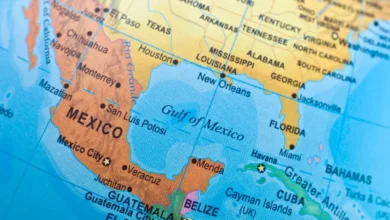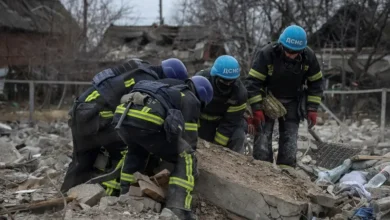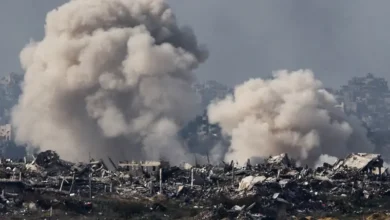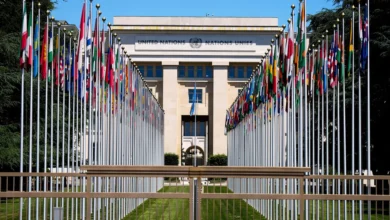Grand Canyon blaze shows how managing a fire can go suddenly sideways
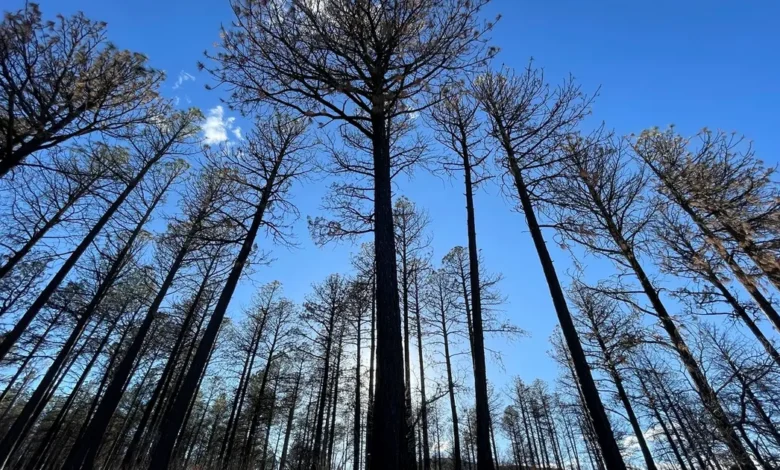
US land managers are racing against time as hotter, drier weather increases wildfire risk in overgrown forests. They’re using flames from lightning-sparked wildfires when possible, and planning controlled burns to clear vegetation and limit future dangers. Grand Canyon National Park in Arizona has been a leader in using fire to enhance ecosystem resilience. A fire started by lightning on July 4 along the North Rim presented such an opportunity. However, after a week, conditions worsened, and wind-driven flames damaged the Grand Canyon Lodge and historic cabins.
Despite this setback, experts argue that fire remains a crucial land management tool. Scott Stephens, a fire science professor at the University of California Berkeley, noted that most fires do great work. He emphasized that unless forests are made more resilient and fire hazards are lowered, the cycle of chasing fires will continue.
Following the Dragon Bravo Fire on the North Rim, managers reported that crews had established containment lines, but unexpectedly strong winds pushed flames past these lines, leading to evacuations. Similarly, in New Mexico, crews battling a blaze in the Santa Fe National Forest had to change their strategy after a spot fire crossed containment lines. Ranchers criticized officials for not extinguishing the flames sooner, sharing images of dead cattle.
Experts agree that there’s room for improvement in wildfire management and controlled burn planning, especially with advancing technology. Derek Mallia, an atmospheric scientist at the University of Utah, is developing new forecasting tools and tracking fires in Utah and Arizona for a project focusing on pyrocumulonimbus clouds. He noted that fire forecasting hasn’t progressed as much as tools for events like tornados and hurricanes, partly because fires occur on a smaller scale. Managers also need to consider built-up fuels and climate change, which is causing fires to burn hotter at night.
Researchers are also working to understand how fires affect weather patterns. Mallia explained that fires are part of a complex feedback loop that complicates forecasting. However, Stephens and Andi Thode, a fire ecology professor at Northern Arizona University, emphasized that the biggest problem is the condition of the forests. Thode described the decision to use lightning-sparked fires or planned burns as a matter of deferred risk, asking whether managers want to take the risk now or later.
For Native Americans, fire has long been essential for forest health. This perspective shifted policymaker attitudes, leading to the establishment of the first wilderness fire management program in Sequoia and Kings Canyon National Parks over a half-century ago. Other parks followed suit, allowing thousands of lightning-sparked fires to burn under monitored conditions across the US. However, there have been costly lessons, such as the Cerro Grande Fire at Bandelier National Monument in New Mexico in 2000, which destroyed homes and forced the closure of Los Alamos National Laboratory due to strong winds and insufficient resources.
The circumstances are now more dire due to a drier landscape across much of the US West. In 2022, the US Forest Service proceeded with prescribed burns in New Mexico’s Sangre de Cristo Mountains, which resulted in the largest blaze in New Mexico’s recorded history. The Hermits Peak/Calf Canyon Fire wasn’t contained for four months, leading to evacuations and billions in recovery dollars. A 2024 report by the US Government Accountability Office noted that out of 50,000 prescribed fire projects between 2012 and 2021, 43 had escaped. The Forest Service ignites about 4,500 prescribed fires annually, with most being successful, but support decreases when fires escape.
Thode stated that fire managers consider many variables when making decisions, emphasizing the extensive science behind managing these ecosystems.

